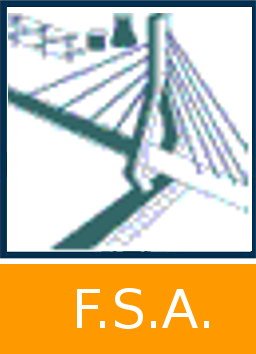Deep interactive learning for digital pathology
Le, Ba 
Promoteur(s) :
Marée, Raphaël 
Date de soutenance : 24-jui-2021/25-jui-2021 • URL permanente : http://hdl.handle.net/2268.2/11470
Détails
| Titre : | Deep interactive learning for digital pathology |
| Titre traduit : | [fr] Apprentissage interactif approfondi pour la pathologie numérique |
| Auteur : | Le, Ba 
|
| Date de soutenance : | 24-jui-2021/25-jui-2021 |
| Promoteur(s) : | Marée, Raphaël 
|
| Membre(s) du jury : | Van Droogenbroeck, Marc 
Louveaux, Quentin 
|
| Langue : | Anglais |
| Nombre de pages : | 94 |
| Mots-clés : | [en] Cytomine [en] Pathology [en] Deep Learning [en] Computer Vision [en] Image Segmentation |
| Discipline(s) : | Ingénierie, informatique & technologie > Sciences informatiques |
| Centre(s) de recherche : | Cytomine ULiège Research & Development |
| Public cible : | Chercheurs Professionnels du domaine Etudiants Grand public |
| URL complémentaire : | https://github.com/bathienle/master-thesis-code |
| Institution(s) : | Université de Liège, Liège, Belgique |
| Diplôme : | Master en sciences informatiques, à finalité spécialisée en "intelligent systems" |
| Faculté : | Mémoires de la Faculté des Sciences appliquées |
Résumé
[en] In many biomedical applications, manual annotations of whole slide images take a tremendous amount of time. In the computer vision literature, semi-automatic tools using deep learning, known as deep interactive learning, have emerged to speed up the annotation process. These semi-automatic tools exploit the interactions of the annotators in various forms to produce the annotations more rapidly. In recent years, deep interactive learning seems to gain more attention for its performance. However, do the additional information provided by the annotators help to improve the results of automatic tools? An exploration in the literature was made, resulting in the finding of a promising architecture, named NuClick, which uses the scribbles of the annotators in combination with the images to produce decent annotations more quickly. In this thesis, results of the conducted experiments on various datasets show that the additional information provided by the scribbles improve drastically the performance of the segmentation for tissues, such as bronchi, glands, or infiltrations. However, this interactive approach fails to produce accurate segmentation for more complex tissues, such as tumours or inflammations. Also, results indicate that the quality of the scribbles highly influences the produced segmentation. Therefore, care should be taken when the annotators scribble the objects of interest. These results tend to support the benefit that can be gain from the interactions of the annotators, although this thesis shows that there is room for improvements with these semi-automatic tools.
Fichier(s)
Document(s)
Citer ce mémoire
L'Université de Liège ne garantit pas la qualité scientifique de ces travaux d'étudiants ni l'exactitude de l'ensemble des informations qu'ils contiennent.


 Master Thesis Online
Master Thesis Online



 Tous les fichiers (archive ZIP)
Tous les fichiers (archive ZIP) thesis.pdf
thesis.pdf

